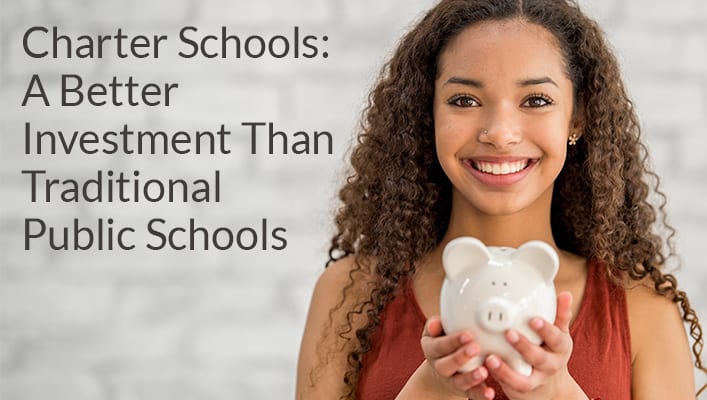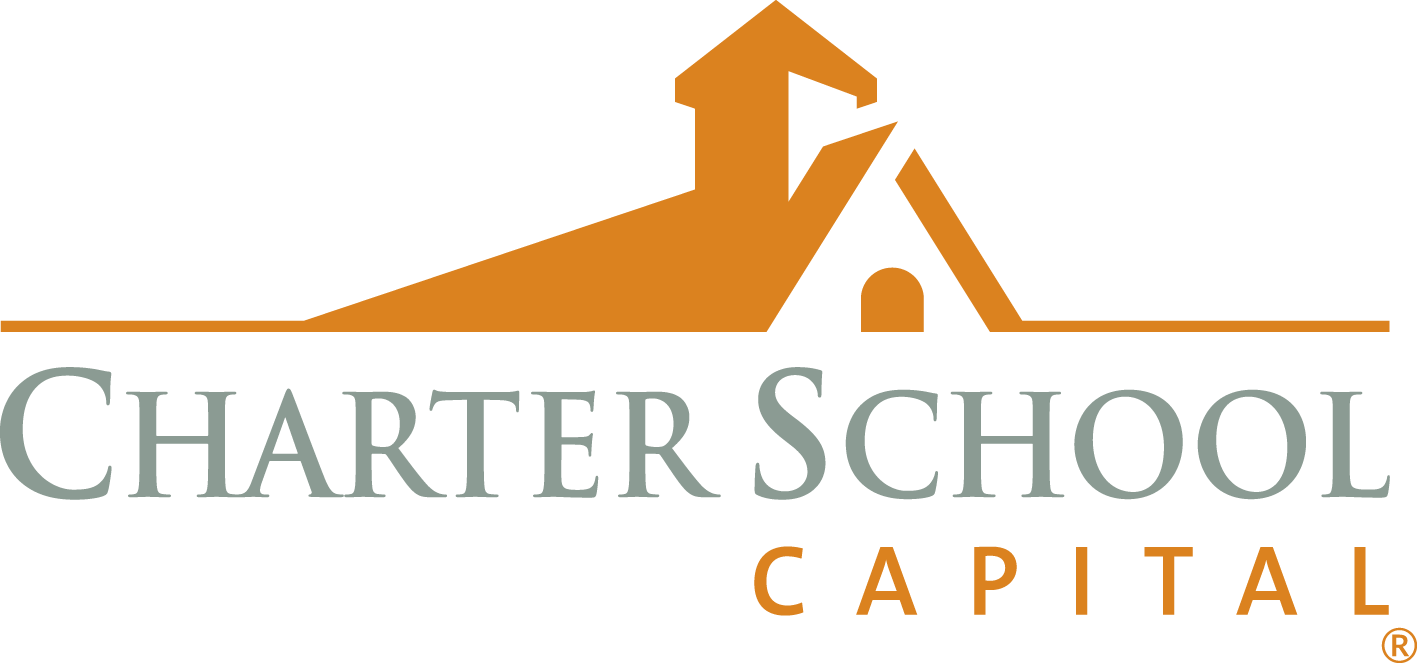 Charter Schools Are A Better Investment Than Traditional Public Schools
Charter Schools Are A Better Investment Than Traditional Public Schools
Editor’s Note: This article was originally published here on April 9, 2019 by the New York Post. It was written by Patrick Wolf, a distinguished professor of education policy and holds the endowed chair in school choice at the University of Arkansas and Corey DeAngelis, a policy analyst at the Cato Institute. It examines which type of public school — traditional or public charter — delivered the most academically cost-effective education.
We think it’s vital to keep tabs on the pulse of all things related to charter schools, including informational resources, and how to support charter school growth and the advancement of the charter school movement as a whole. We hope you find this—and any other article we curate—both interesting and valuable.
Case closed: Charter schools deliver more education ‘bang’ for the buck
Polls show that most Americans think our public schools deserve more funding. Meanwhile, each year, states and school districts make choices about how to spend the education funds that they have. Doesn’t it make sense for them to invest in schools that work — schools that help students learn the most with the lowest burden on taxpayers?
Several years ago, we began researching which type of public school — traditional or public charter — delivered the most academically cost-effective education. In a 2018 report, we examined eight cities: New York City plus Atlanta, Boston, Denver, Houston, Indianapolis, San Antonio and Washington, DC.
While their sizes and demographics vary widely, each city has a substantial concentration of students enrolled in charter schools. In every city, we found that charter schools were more productive — that is, they yielded more learning per education dollar spent than traditional district schools.
Students enrolled in New York City’s charter schools scored roughly 12 points in reading on the 2015 National Assessment of Educational Progress, or NAEP, for every $1,000 invested in those schools.
By contrast, students in the city’s traditional public schools produced about 9.5 NAEP reading points per $1,000 invested, generating a cost-effectiveness advantage of 24% for charters in the Big Apple. The results for math were similar: More than 13 NAEP points per $1,000 of funding for charters compared to almost 10.5 points for traditional schools.
We also discovered that Washington, DC, charters were 67% more cost-effective than traditional schools. Indianapolis charters bested their traditional counterparts by 65% on the productivity measure.
This year we revisited the same eight cities to see if the trend had continued. It had. Once again, the charter schools in each city proved more cost-effective. Public charter schools in New York were 25% more cost-effective than the city’s traditional public schools in producing 2017 NAEP reading scores and 26% more cost-effective in generating math scores.
San Antonio charter schools, to take another example, were 29% more cost-effective in math and 30% more cost-effective in reading than traditional schools. Washington charters were 43% more cost-effective in both subjects. The results for each city are detailed in our report, “A Good Investment: The Updated Productivity of Public Charter Schools in Eight U.S. Cities.”
We recognized that NAEP scores represent only a snapshot of academic performance. So we were curious what long-term academic results would reveal.
By calculating the average amount of learning at traditional and charter schools, the economic returns to those learning levels over the average lifetime, as well as each type of school’s total per-pupil funding over the course of a K-12 education, we were able to calculate the return on investment, or ROI, delivered by each type of school.
In all eight cities, we found that charters delivered a greater lifetime ROI. For each dollar invested in a student enrolled in traditional schools, that student secures $4.41 in lifetime earnings. The same dollar invested in a student enrolled in charter schools yields $6.37 in lifetime earnings for that student.
Public charter schools’ ROI exceeded that of traditional public schools by an average of 53%. Atlanta charter schools yielded an ROI that was 102% greater than traditional schools. Indianapolis came in second, with charters’ ROI 73% greater than traditional schools, followed by Washington charters at 58% and Boston charters at 53%.
The ROI for learning generated in New York City charters was 29% higher than the ROI in the traditional public schools in the city.
Elected officials and policymakers have a choice about where to invest educational resources and a responsibility to invest wisely. Charter schools are, simply put, a good investment. Our findings are just one more reason why lawmakers in Albany should raise the cap on charters in New York City and give the more than 53,000 Big Apple families on charter waitlists the chance to get the sound education they deserve.
 If you are trying to meet operational expenses, expand, acquire or renovate your school building, add an athletic department, enhance school safety/security, or buy new technology, complete the online application below and we’ll contact you to set up a meeting. Our team works with you to determine funding and facilities options based on your school’s unique needs.
If you are trying to meet operational expenses, expand, acquire or renovate your school building, add an athletic department, enhance school safety/security, or buy new technology, complete the online application below and we’ll contact you to set up a meeting. Our team works with you to determine funding and facilities options based on your school’s unique needs.